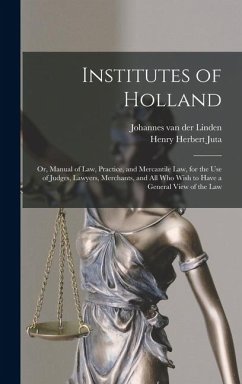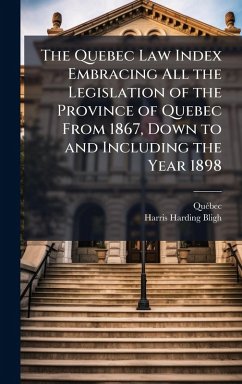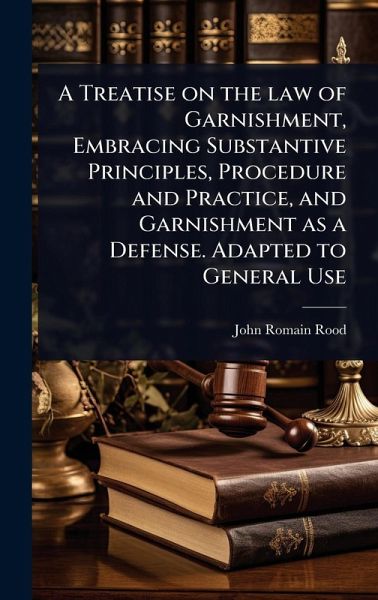
A Treatise on the law of Garnishment, Embracing Substantive Principles, Procedure and Practice, and Garnishment as a Defense. Adapted to General Use
Versandkostenfrei!
Versandfertig in über 4 Wochen
40,99 €
inkl. MwSt.
Weitere Ausgaben:

PAYBACK Punkte
20 °P sammeln!
This is a comprehensive legal treatise on the law of garnishment, written by John Romain Rood and published in 1896. The book provides a detailed exploration of the substantive principles, procedure, and practice surrounding garnishment, and also examines its use as a defense. âA Treatise on the Law of Garnishmentâ is adapted for general use and offers an in-depth analysis valuable to legal professionals and students. It offers a thorough examination of the legal landscape of garnishment as it stood at the end of the 19th century, making it a valuable resource for understanding the historica...
This is a comprehensive legal treatise on the law of garnishment, written by John Romain Rood and published in 1896. The book provides a detailed exploration of the substantive principles, procedure, and practice surrounding garnishment, and also examines its use as a defense. âA Treatise on the Law of Garnishmentâ is adapted for general use and offers an in-depth analysis valuable to legal professionals and students. It offers a thorough examination of the legal landscape of garnishment as it stood at the end of the 19th century, making it a valuable resource for understanding the historical development of civil procedure and debt collection laws. The treatise covers a wide range of topics related to garnishment, ensuring its enduring relevance as a reference work for those interested in the intricacies of legal practice and procedure. This work has been selected by scholars as being culturally important, and is part of the knowledge base of civilization as we know it. This work was reproduced from the original artifact, and remains as true to the original work as possible. Therefore, you will see the original copyright references, library stamps (as most of these works have been housed in our most important libraries around the world), and other notations in the work. This work is in the public domain in the United States of America, and possibly other nations. Within the United States, you may freely copy and distribute this work, as no entity (individual or corporate) has a copyright on the body of the work. As a reproduction of a historical artifact, this work may contain missing or blurred pages, poor pictures, errant marks, etc. Scholars believe, and we concur, that this work is important enough to be preserved, reproduced, and made generally available to the public. We appreciate your support of the preservation process, and thank you for being an important part of keeping this knowledge alive and relevant.




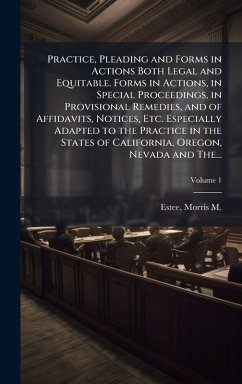

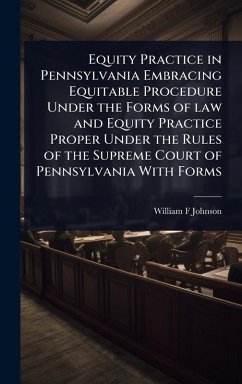
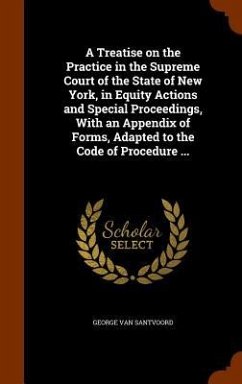

![A Concise Treatise on the Law of Landlord and Tenant Adapted to the Province of Ontario [microform]: With an Appendix of Statutes and Forms Cover A Concise Treatise on the Law of Landlord and Tenant Adapted to the Province of Ontario [microform]: With an Appendix of Statutes and Forms](https://bilder.buecher.de/produkte/65/65530/65530901n.jpg)
